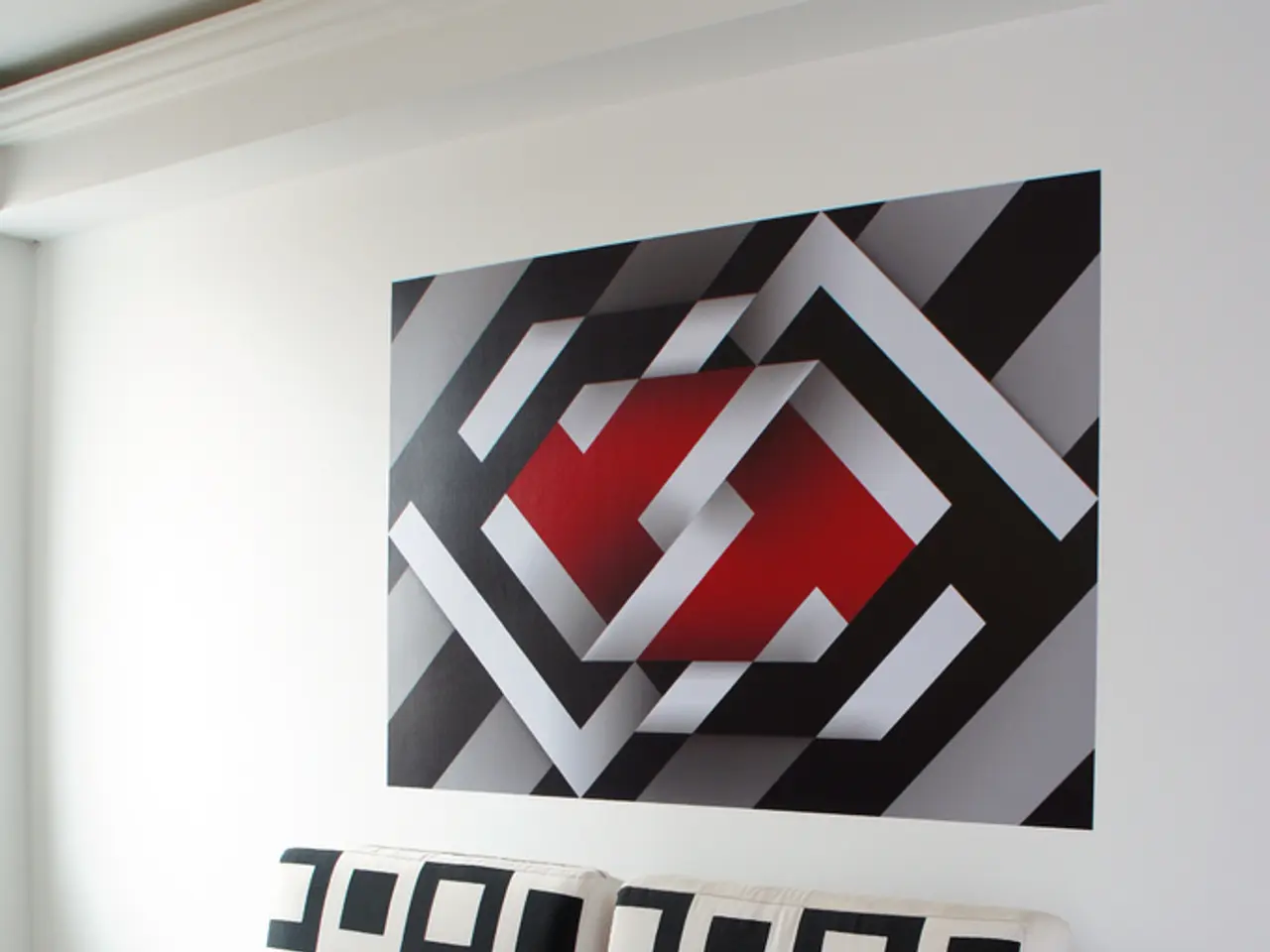Instructions for Painting a Baby Crib
Painting and Sealing Adam's Nursery Safely with Maison Blanche Furniture Paint and Poly-acrylic Sealer
In the process of transforming a room into a cozy nursery for a new arrival, safety is paramount. This article will guide you through the steps of painting and sealing a crib with spindles using Maison Blanche Furniture Paint and poly-acrylic sealer, ensuring a safe environment for the baby.
1. Ensuring the Crib is Safe and Compliant
Before beginning any painting project, it's crucial to use a crib that meets current safety standards, post-2011, with no lead paint or unsafe features. The crib should be in good condition and comply with regulations for a secure and healthy environment for the baby.
2. Preparing the Crib Surface
Lightly sand the crib spindles and any surfaces to help paint adhesion, then clean thoroughly to remove dust, dirt, grime, and paint particles. Wiping down the crib after sanding is essential to eliminate any residue that could potentially harm the baby.
3. Applying Maison Blanche Furniture Paint
Maison Blanche Furniture Paint is suitable for furniture and, when carefully applied in thin, even coats, can be safe. Use a low-VOC or non-toxic formula if available, and ensure good ventilation during painting. For this project, the Silver Mink Color was chosen to create a soft and elegant atmosphere in the nursery.
4. Allowing Sufficient Drying Time
Let the paint dry between coats according to the manufacturer's instructions to prevent peeling or cracking.
5. Sealing with Poly-acrylic Sealer
Choose a water-based poly-acrylic sealer that is non-yellowing and labeled as safe for children's furniture. Apply thin coats for protection against scratches and wear, especially important for high-touch areas like crib spindles. In this case, poly-acrylic was used to seal the painted crib, with three coats being applied, following the manufacturer's guidelines.
6. Curing the Finish Completely
Allow several days (often 24-72 hours or more) for the sealer to cure fully before placing your baby in the crib, minimizing exposure to fumes.
7. Maintaining Safe Conditions
Keep the crib in a well-ventilated space during and after finishing. Use products certified as low-odor, non-toxic, and baby-safe to reduce health risks.
Since spindles involve multiple small surfaces, use a small high-quality brush for even paint and sealer coverage to avoid drips or buildup that a baby could chew on.
Additional coats were applied where a baby might chew on the crib, and touching up any unpainted spots is necessary to ensure a smooth and safe surface. The nursery reveal, a no-sew burlap crib skirt, and DIY wooden arrows are other projects related to this nursery.
By prioritizing non-toxic, low-VOC materials and thorough drying/curing following the manufacturers’ guidelines, painting and sealing your crib with Maison Blanche Furniture Paint and poly-acrylic sealer can be as safe as possible for infant use.
1. Creating a Safe Lifestyle for the Infant
Extend safety measures beyond the painting process by choosing a lifestyle that meets the baby's best interests, such as selecting home-and-garden products that are baby-safe, non-toxic, and non-hazardous for everyday use in the baby's room.
2. Maintaining a Comfortable and Safe Home-and-Garden Space for Your Baby
Ensure the baby's nursery remains a comfy and secure environment by regularly inspecting designated home-and-garden items, such as crib mattresses, bedding, teething toys, and decorations, to guarantee they comply with current safety standards and are free from potentially harmful substances.





